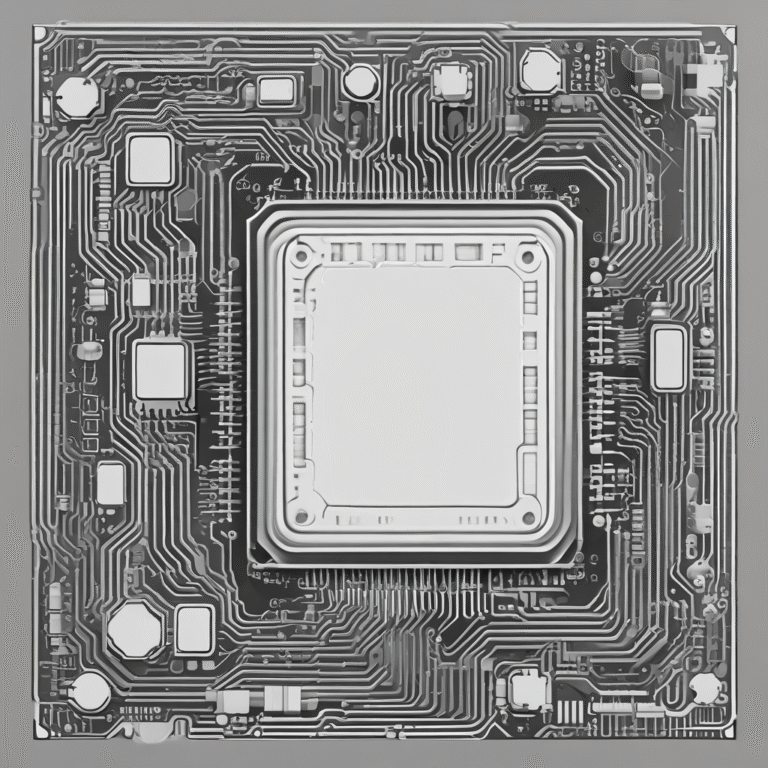Introduction to Manipulative AI Systems
In recent years, the call to ban artificial intelligence systems that manipulate or deceive has grown louder. These manipulative AI systems leverage advanced algorithms to subtly influence human behavior, often without the user’s knowledge. Understanding these systems is crucial, as they pose significant threats to personal autonomy and freedom of choice. The European Union’s AI Act is a landmark regulation that aims to curb these practices, emphasizing the importance of strict governance in AI’s application, especially within high-risk sectors like healthcare and education.
Types of Manipulative Techniques
Manipulative AI systems employ a variety of techniques to influence user behavior:
- Subliminal Techniques: AI can embed unnoticed messages within media to subtly guide user actions.
- Exploitation of Human Biases: By detecting and exploiting inherent human biases, AI systems can steer personalized marketing strategies.
- Deceptive AI Systems: These systems use misleading information or design tactics to manipulate user decisions.
Real-World Examples and Case Studies
The EU AI Act Prohibitions provide a detailed framework for understanding what AI practices are deemed manipulative and therefore prohibited. For instance, the Act prohibits AI systems that exploit vulnerabilities of specific groups like children. Another example is prompt injection attacks, where AI is manipulated to produce harmful content, demonstrating the potential dangers of unregulated AI systems. Additionally, AI-driven personalized advertising can be subtly manipulative, influencing consumer behavior in ways that might not align with their best interests.
Technical Explanations
How AI Systems Learn and Adapt
AI systems learn through algorithms that adapt based on data input. These algorithms can inadvertently or deliberately be designed to manipulate, highlighting the importance of ethical oversight. Understanding this learning process is critical to identifying and mitigating manipulative AI systems.
Detecting Manipulative AI
Detecting manipulative AI involves a combination of technical and ethical insights. Techniques such as visual forensics and metadata analysis are used to verify content authenticity, ensuring AI systems operate transparently and responsibly.
Actionable Insights
Best Practices for Ethical AI Development
To prevent manipulative AI systems, developers should adhere to the following best practices:
- Implement transparent AI decision-making processes.
- Conduct regular audits for bias and manipulation.
- Use ethical AI frameworks and methodologies to guide development.
Tools and Platforms for Ethical AI
Several tools and platforms have been developed to support ethical AI practices:
- AI Ethics Platforms: These tools help monitor AI systems for manipulative behavior, ensuring alignment with ethical standards.
- Regulatory Compliance Software: These solutions ensure AI systems adhere to legal standards, like those set by the EU AI Act.
Challenges & Solutions
Challenges in Detecting Manipulation
Identifying subtle manipulative techniques poses a significant challenge. Balancing regulation with innovation is another complex issue, as overly stringent regulations could stifle technological advancement.
Solutions
To address these challenges, collaborative regulation is essential, encouraging industry-wide standards for ethical AI. Continuous monitoring and regularly updating AI systems can prevent manipulation and ensure compliance with evolving regulations.
Latest Trends & Future Outlook
Recent Developments in AI Regulation
Global regulatory efforts, including updates to the EU AI Act, highlight the increasing focus on ethical AI development. These regulations impact how AI is developed and deployed, pushing companies toward more transparent and accountable practices.
Future Trends in Ethical AI
Future trends in AI include advancements in transparency and explainability, crucial for fostering trust in AI systems. Emerging technologies will further enhance or challenge ethical AI practices, necessitating ongoing vigilance and adaptation.
Conclusion
The debate to ban artificial intelligence systems that engage in manipulation underscores the pressing need for robust ethical standards and regulations. As AI technology continues to evolve, so too must our approach to governing it. By implementing best practices, leveraging ethical development tools, and adhering to comprehensive regulatory frameworks, we can ensure that AI serves humanity responsibly and ethically.









